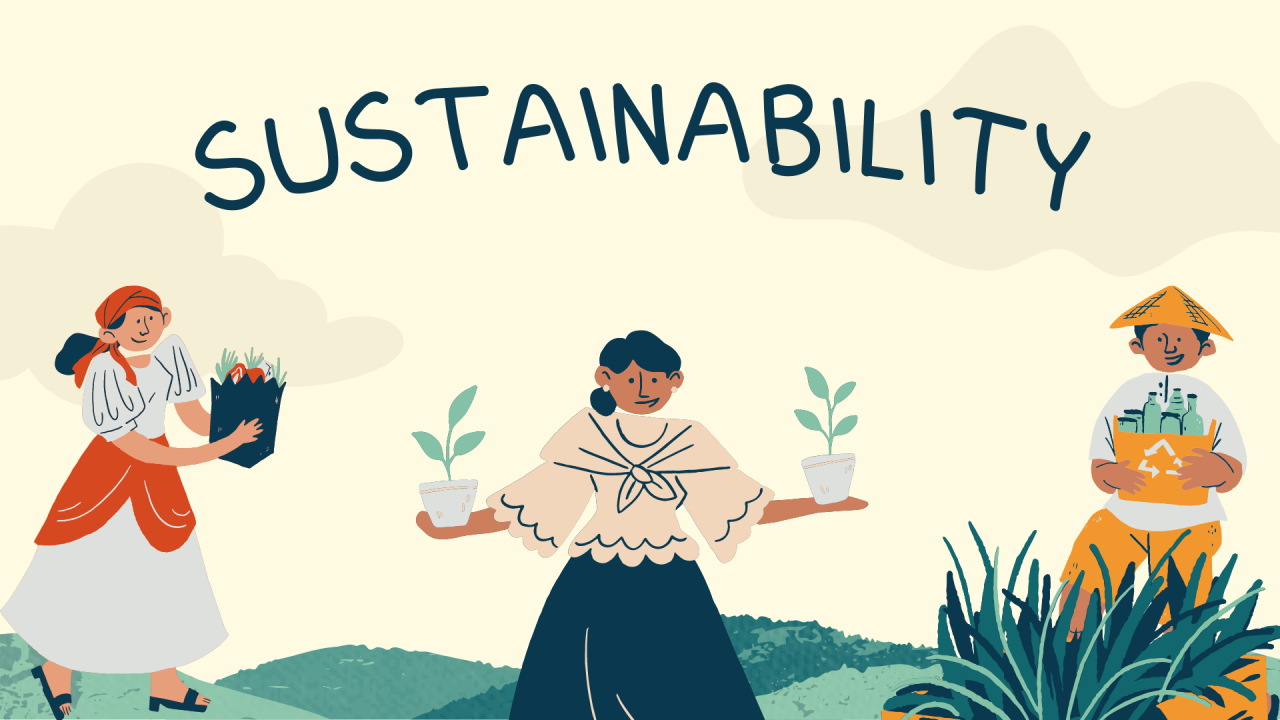Roofing technology has come a long way over the years. From basic thatched roofs to advanced, sustainable roofing solutions, the evolution in this field has been remarkable. Today, as we face environmental challenges and the need for energy efficiency, sustainable roofing solutions are at the forefront of innovation. In this article, we will explore the evolution of roofing technology, the challenges we face, and the sustainable roofing solutions that are helping us build a better future.
The Historical Perspective
Ancient Roofing Techniques
Roofing has been a part of human architecture for millennia. In ancient times, roofing materials were primarily natural, sourced from local materials like thatch, clay, and wood. The purpose was simple: to provide shelter from the elements. Over time, roofing materials and techniques evolved, influenced by culture, climate, and available resources.
The Rise of Tiled and Slate Roofs
As civilizations progressed, so did roofing techniques. Clay tiles and slate became popular roofing materials in various parts of the world, offering more durability and aesthetics compared to thatch. These materials are still used today, blending tradition with modern design.
The Industrial Revolution and Modern Roofing
Mass Production and Asphalt Shingles
The Industrial Revolution brought significant changes to the roofing industry. Mass production allowed for the creation of asphalt shingles, which quickly became a popular roofing material due to its cost-effectiveness and ease of installation. This marked the beginning of a more standardized approach to roofing.
The Emergence of Metal Roofs
Metal roofs, once primarily used for industrial and agricultural buildings, gained popularity for residential use in the 19th century. Their longevity and low maintenance requirements made them a compelling choice. Today, metal roofing has evolved to include various designs and sustainable options.
The Need for Sustainable Roofing
Environmental Challenges
As we moved into the 20th century, the impact of traditional roofing materials on the environment became more evident. The extraction, production, and disposal of roofing materials contribute to environmental issues, including resource depletion and waste. This realization led to a growing demand for sustainable roofing solutions.
Energy Efficiency and Climate Change
The energy efficiency of buildings and their role in addressing climate change has become a central concern. Traditional roofing materials absorb and radiate heat, contributing to the urban heat island effect. Sustainable roofing solutions play a crucial role in mitigating these challenges.
Sustainable Roofing Solutions
Solar Roofing
Solar Integration: Solar roofing solutions have made significant strides in recent years. Modern solar panels can be seamlessly integrated into roofing materials, making them more aesthetically pleasing and efficient. These roofs generate clean energy while protecting homes.
Cool Roofs
Reflective and Cool Roof Coatings: Cool roofing materials, designed to reflect sunlight and absorb less heat, can help reduce the urban heat island effect and lower energy consumption. Reflective coatings, tiles, and shingles provide homeowners with various options for sustainable roofing.
Green Roofs
Eco-friendly Vegetation: Green roofs, also known as living roofs, have gained popularity for their environmental benefits. These roofs are covered with vegetation, offering natural insulation, rainwater absorption, and urban heat mitigation. They are a prime example of combining sustainability with innovative design.
Self-Healing Roofing
Polymer Technology: Self-healing roofing materials, primarily made from polymers, can autonomously repair minor cracks and holes, preventing water leaks and extending the roof’s lifespan. This technology reduces maintenance costs and the need for frequent repairs.
Smart Roofs
Sensors and Monitoring: Smart roofs are equipped with sensors and monitoring systems that detect damage, leaks, or structural issues. They can also optimize ventilation and insulation for energy efficiency. This technology enhances safety and helps homeowners save on energy bills.
Recycled and Sustainable Materials
Eco-Friendly Choices: Roofing materials made from recycled metal, reclaimed wood, and sustainable composites are now available. These options not only reduce environmental impact but also add character and uniqueness to homes.
Impact-Resistant Roofing
Severe Weather Protection: With extreme weather events becoming more common, impact-resistant roofing materials are essential. They can withstand hail, high winds, and falling debris, reducing insurance costs and enhancing home safety.
Noise-Reducing Roofing
Quiet and Peaceful Living: Noise-reducing roofing materials are a boon for homes in noisy environments. These materials absorb or block sound, creating a quieter and more peaceful indoor environment, making urban and noisy locations more livable.
Conclusion
Roofing technology has evolved significantly, from simple thatched roofs to cutting-edge sustainable solutions. In an era where environmental sustainability and energy efficiency are paramount, these roofing innovations are crucial. Solar roofing, cool roofs, green roofs, self-healing materials, smart technology, and eco-friendly options are shaping the homes of the future. Embracing these technologies not only benefits homeowners but also contributes to a more sustainable and eco-conscious world. As the demand for sustainable and energy-efficient homes continues to grow, these roofing solutions are at the forefront of a better, greener, and more sustainable future.




